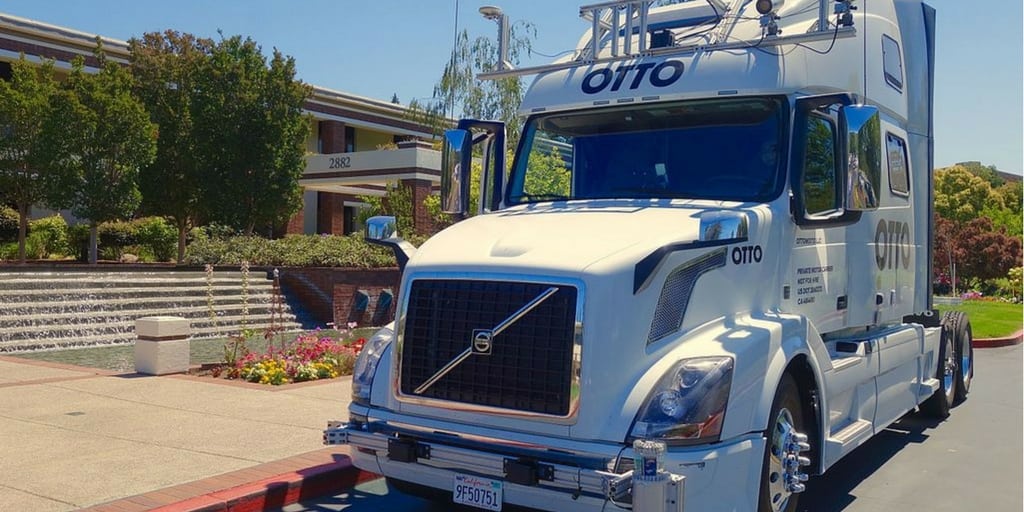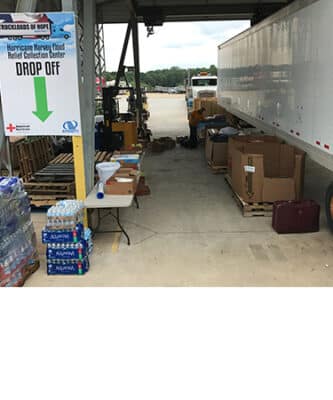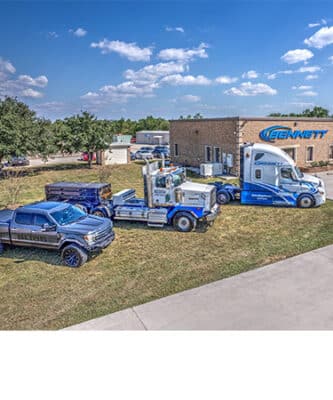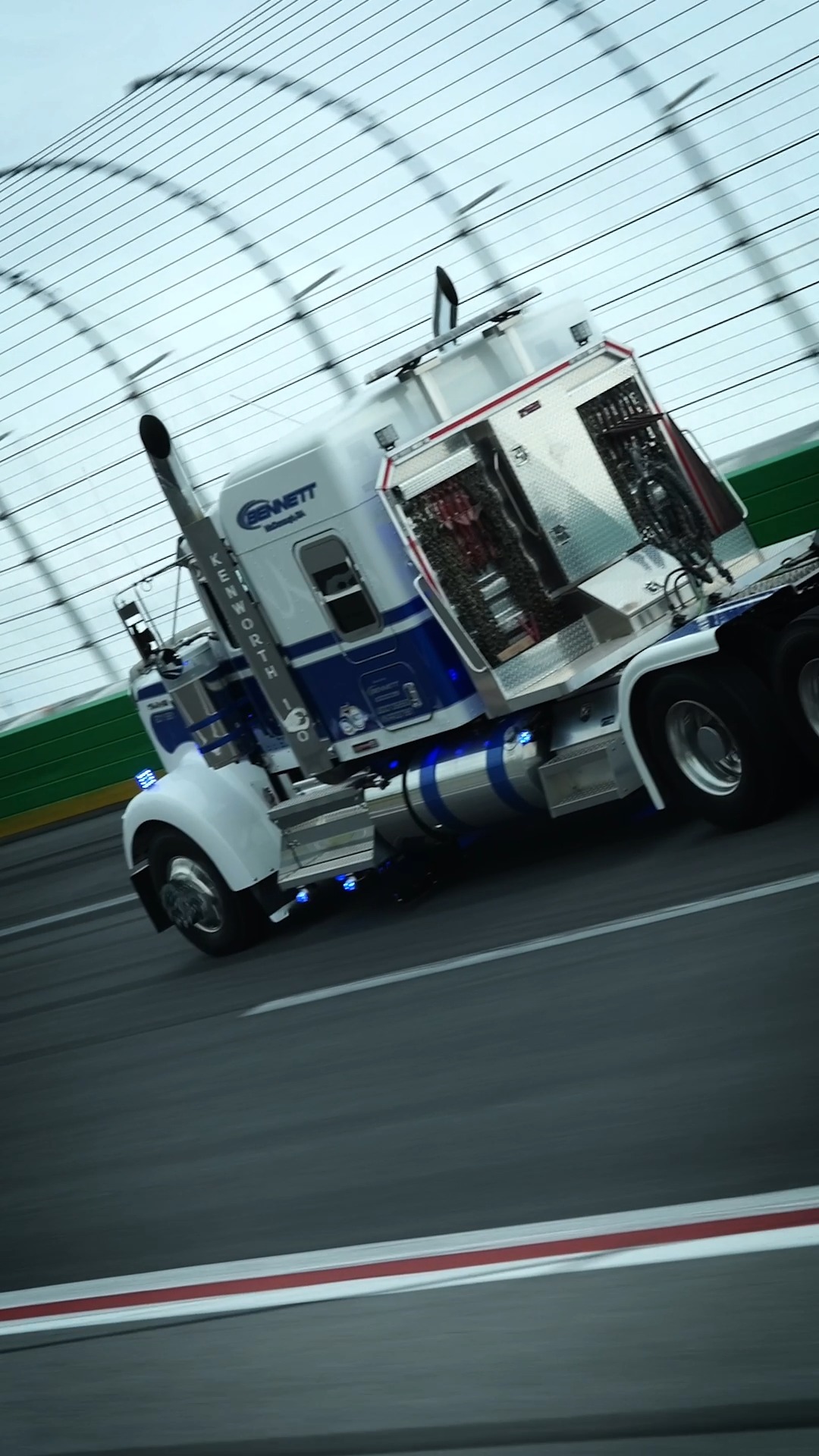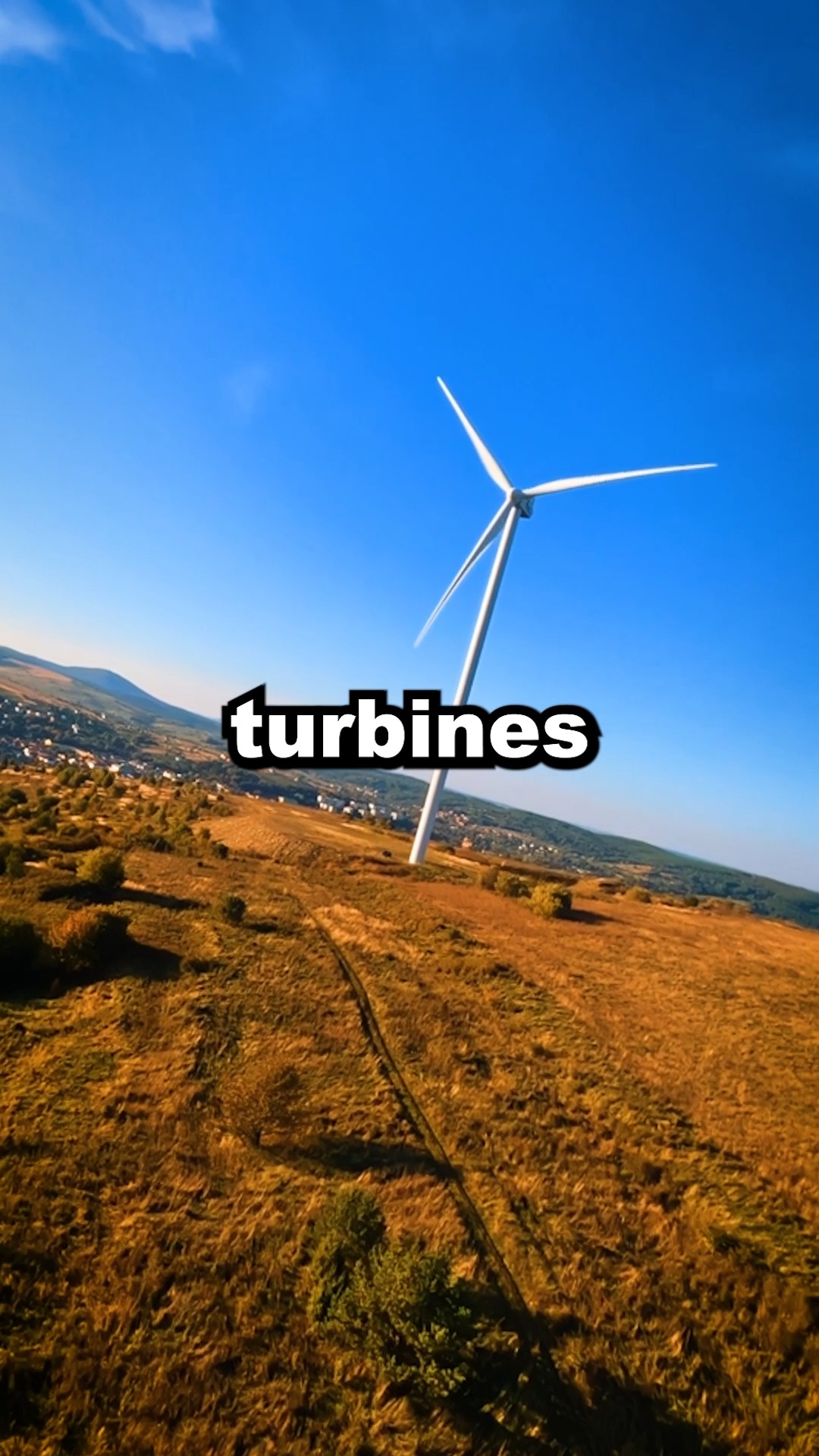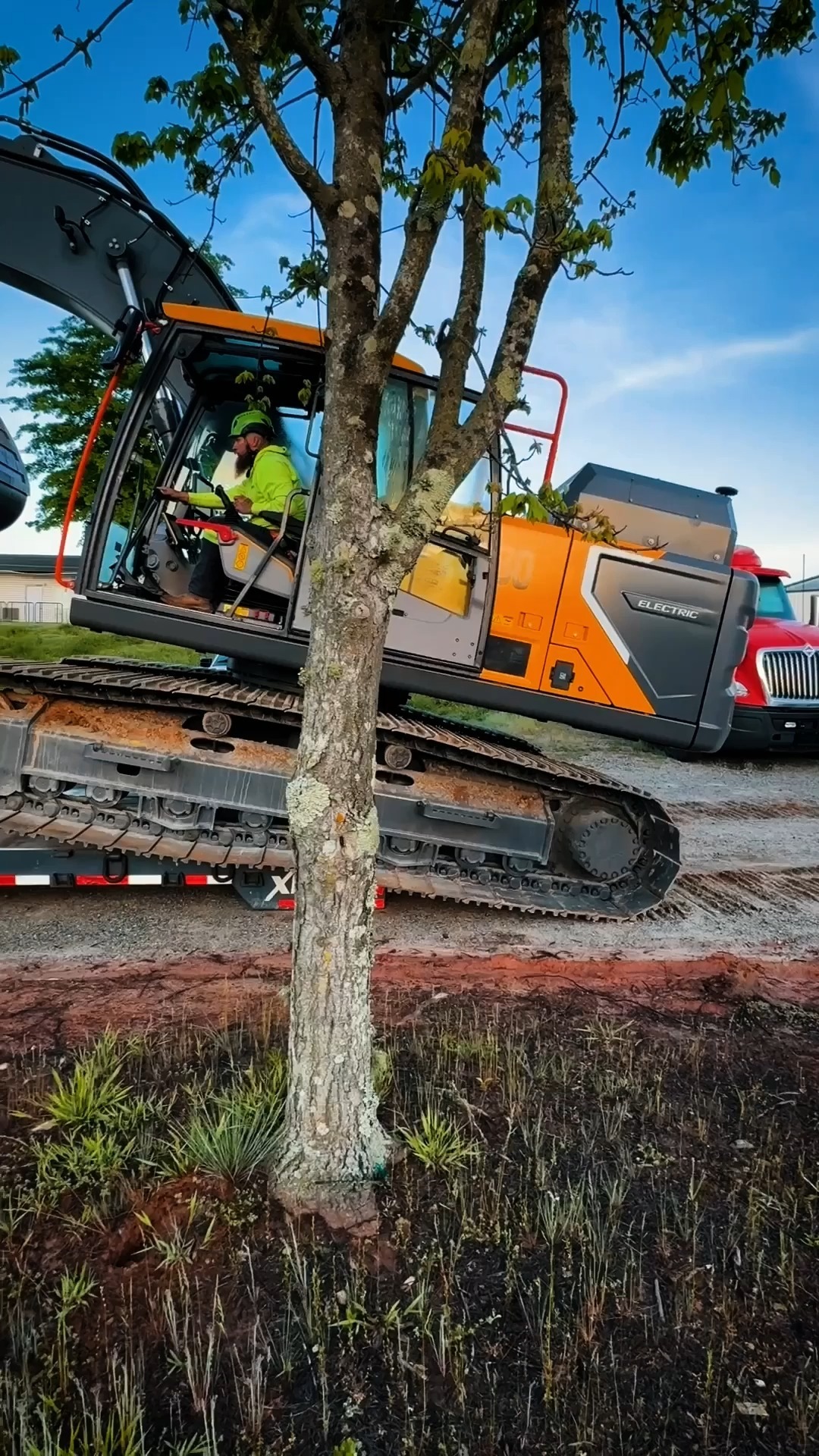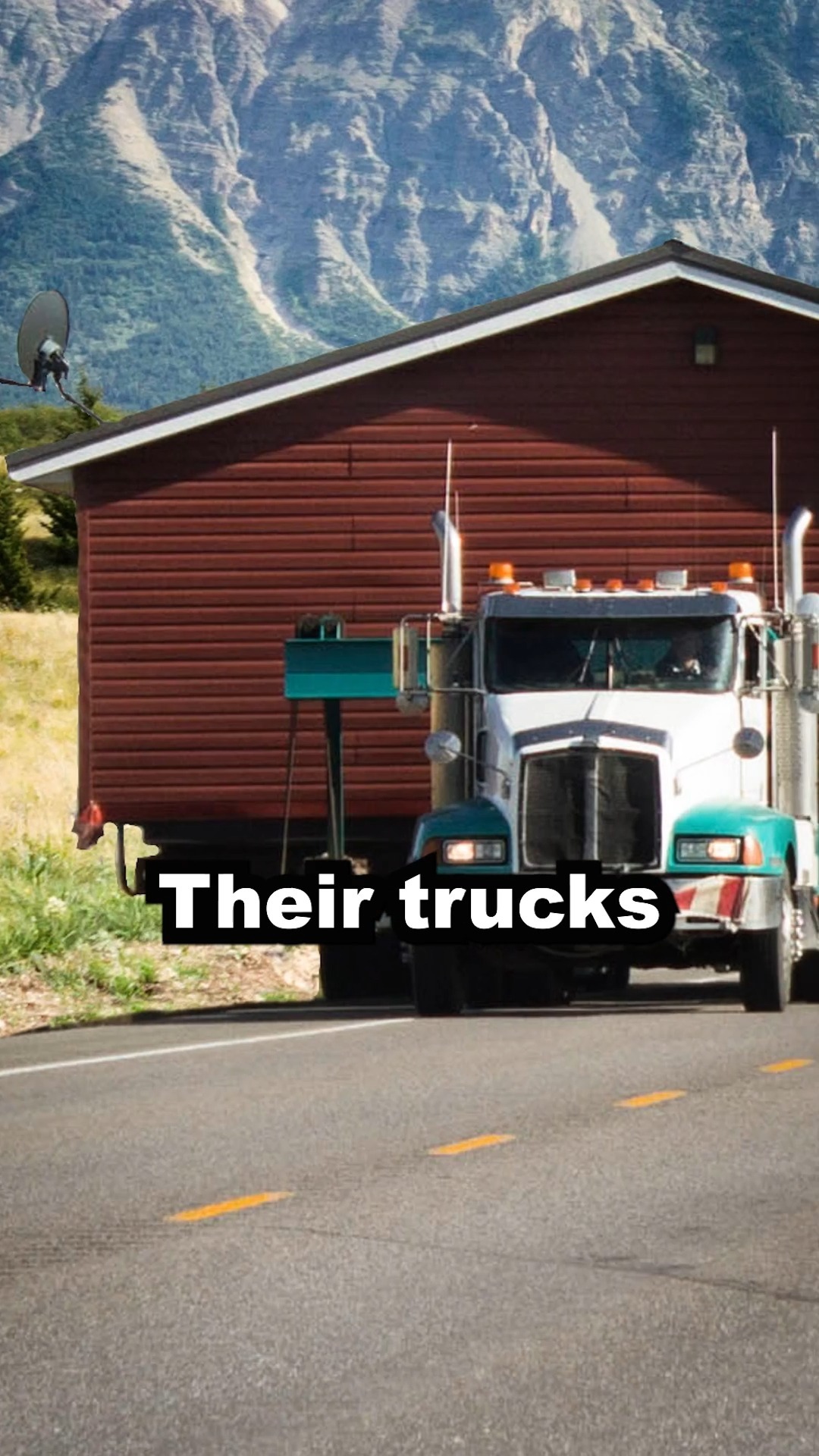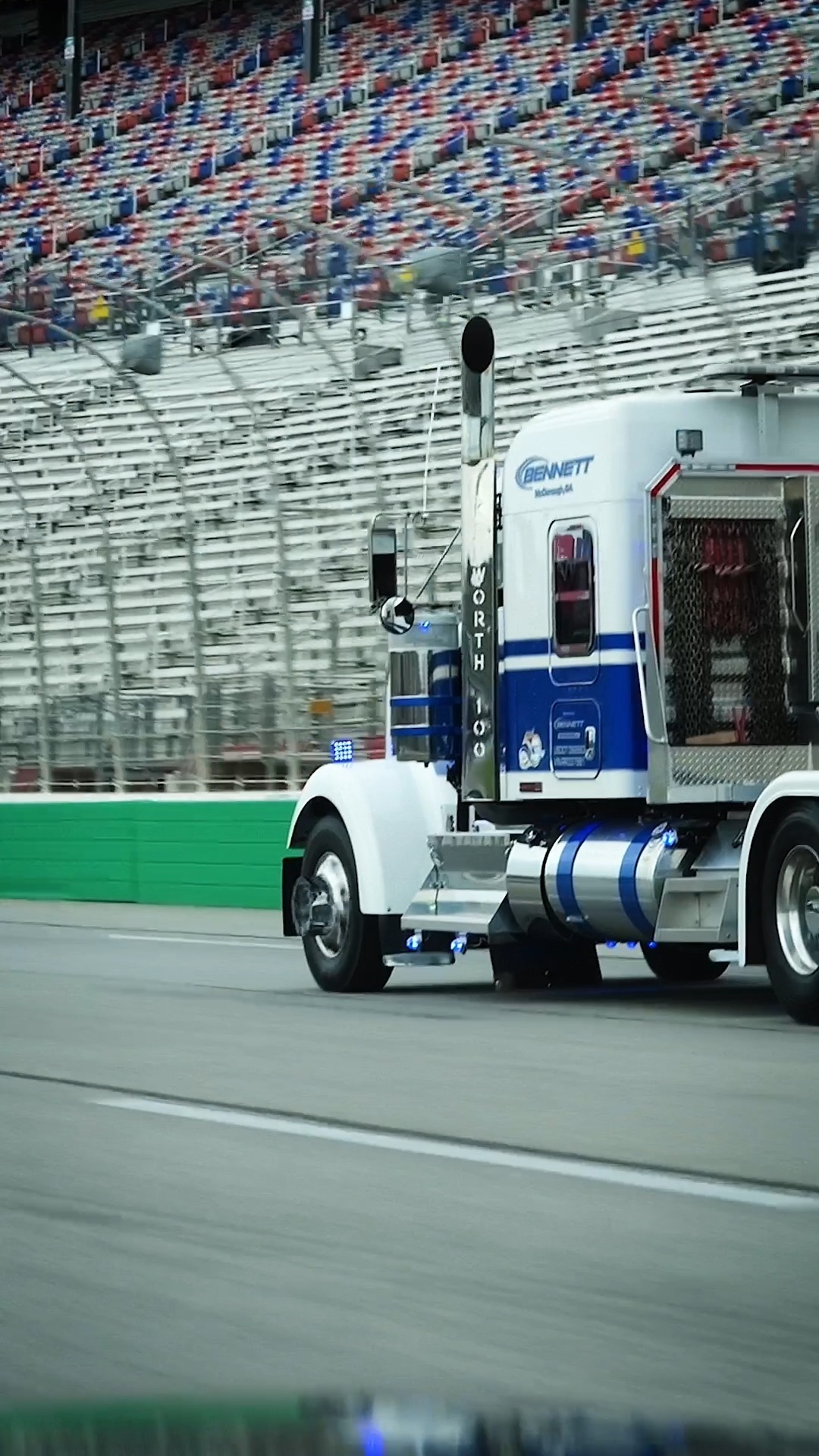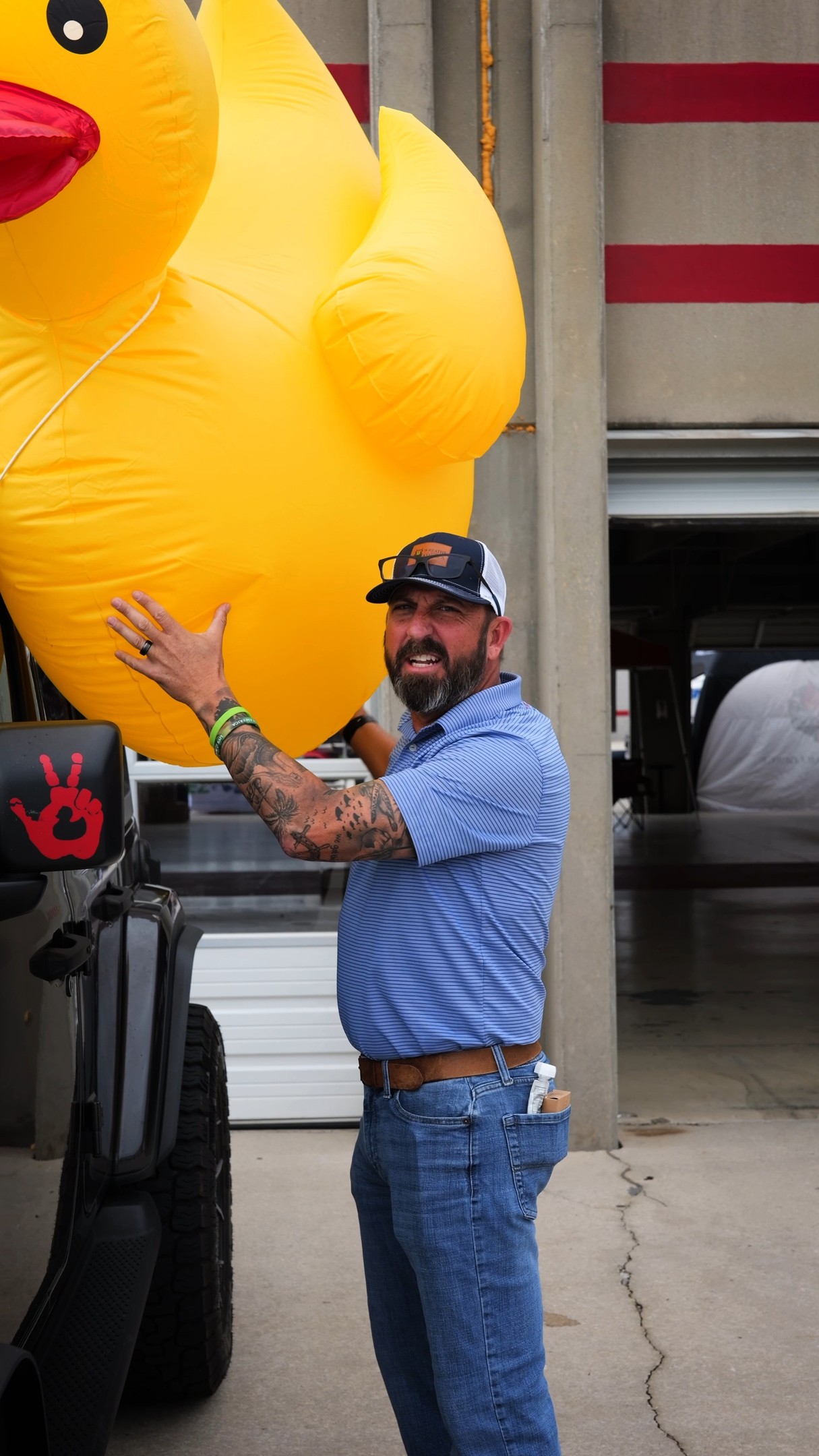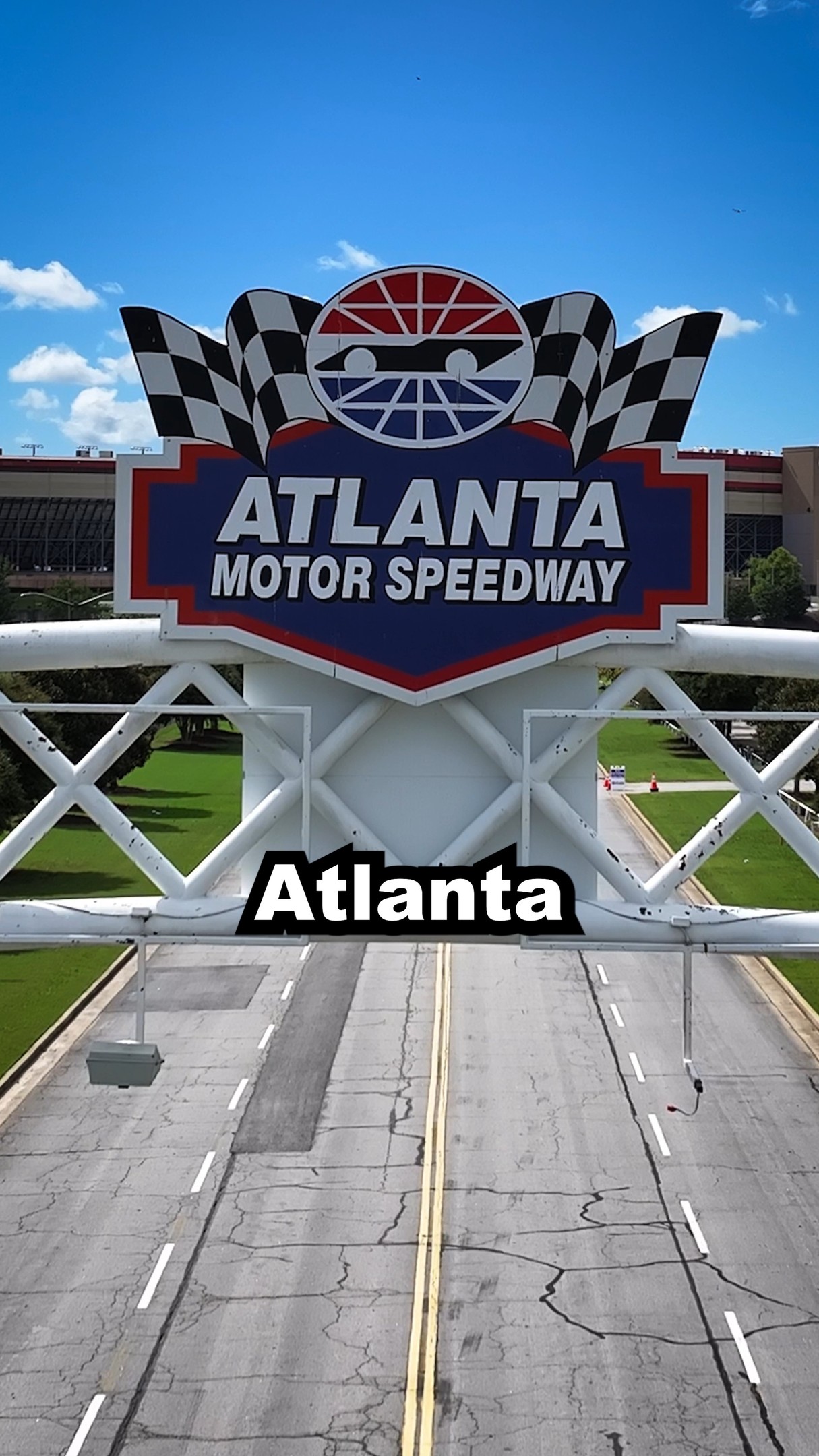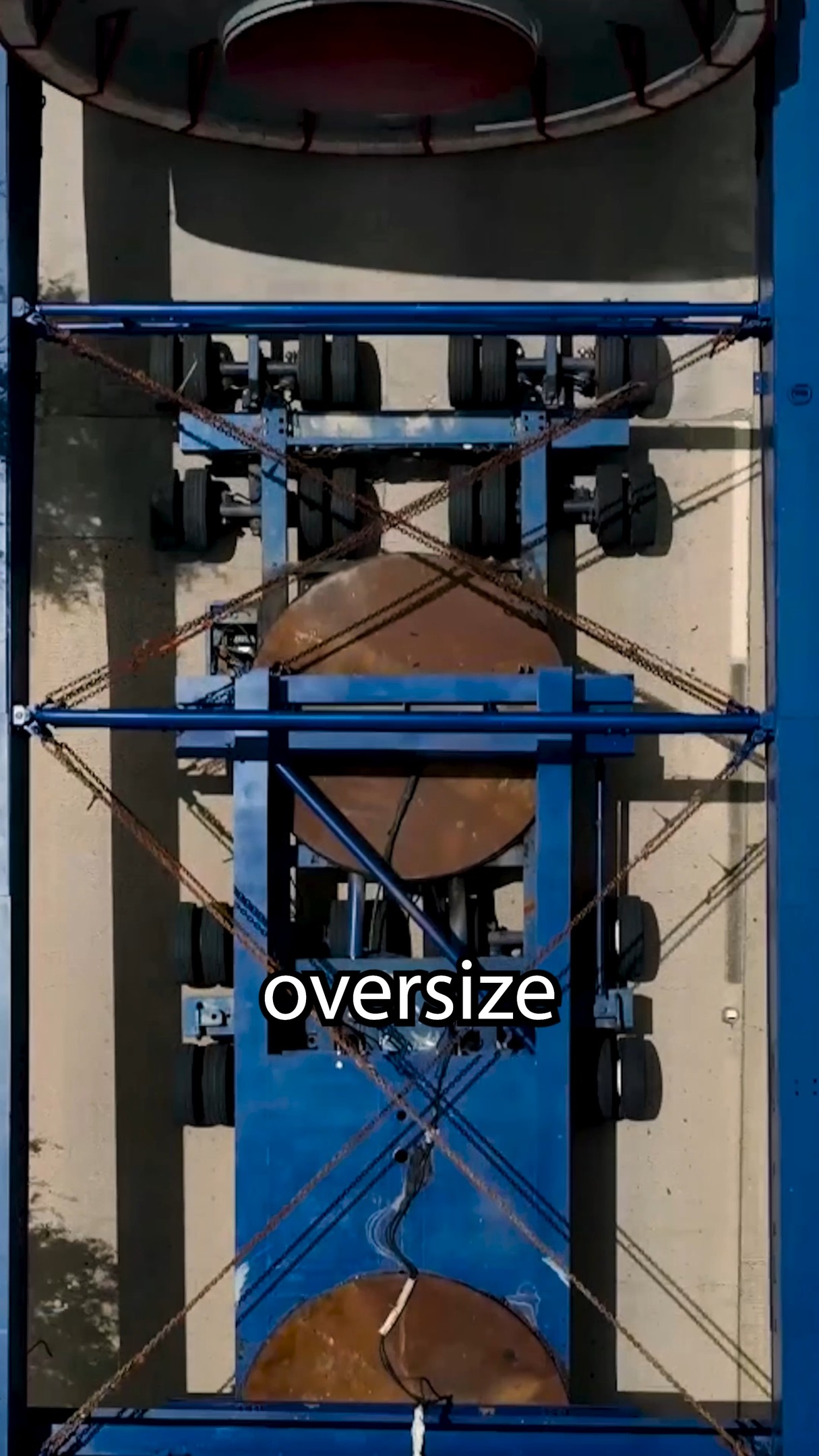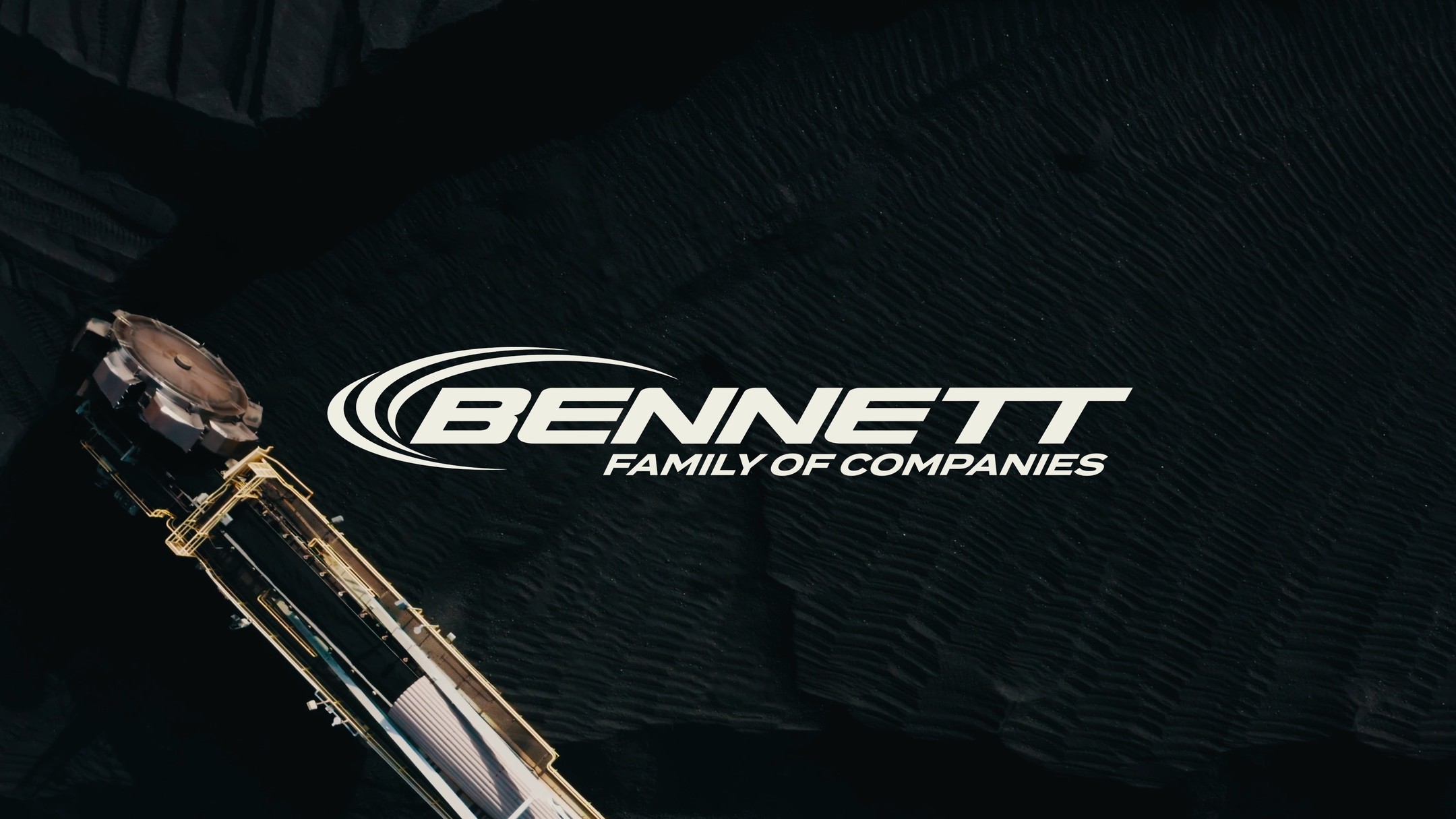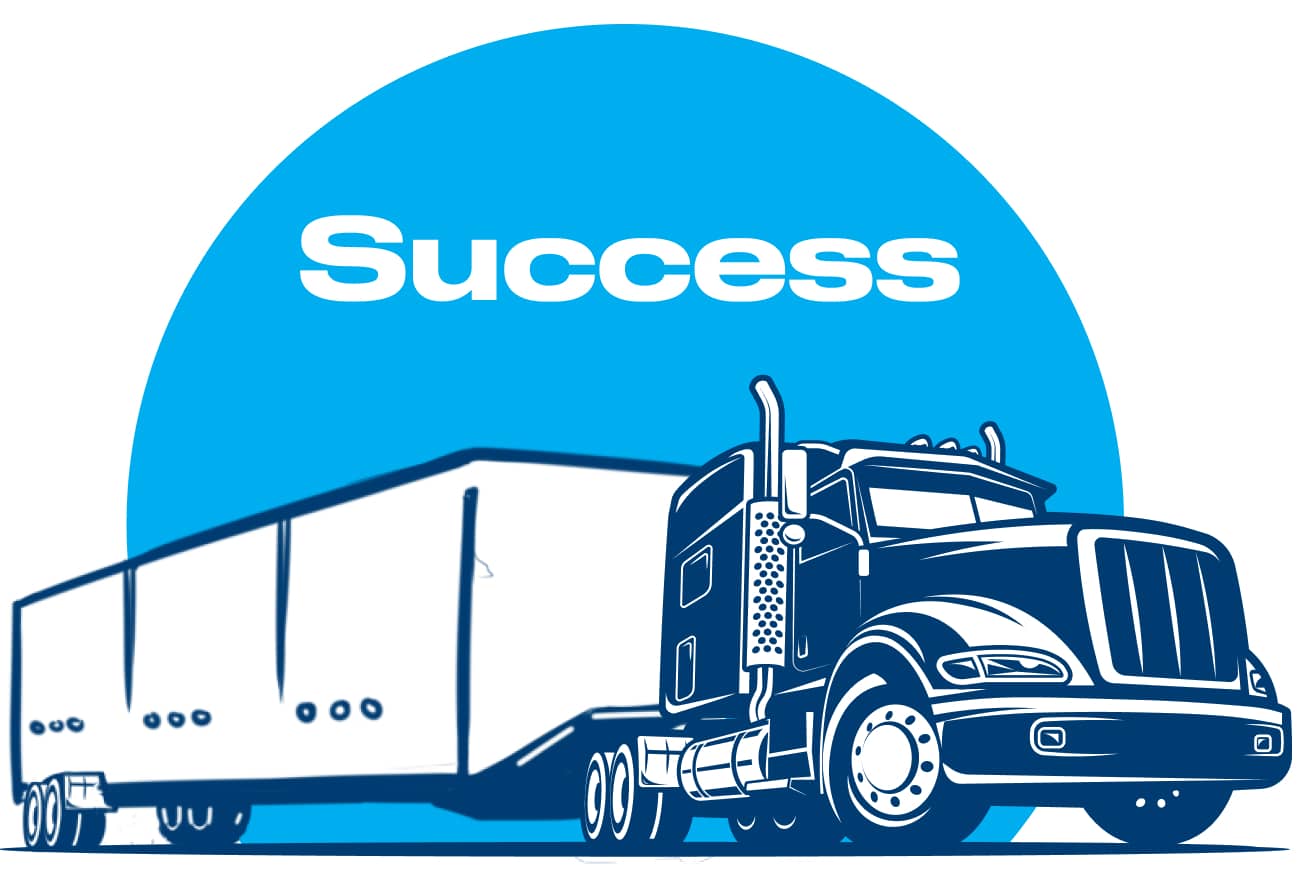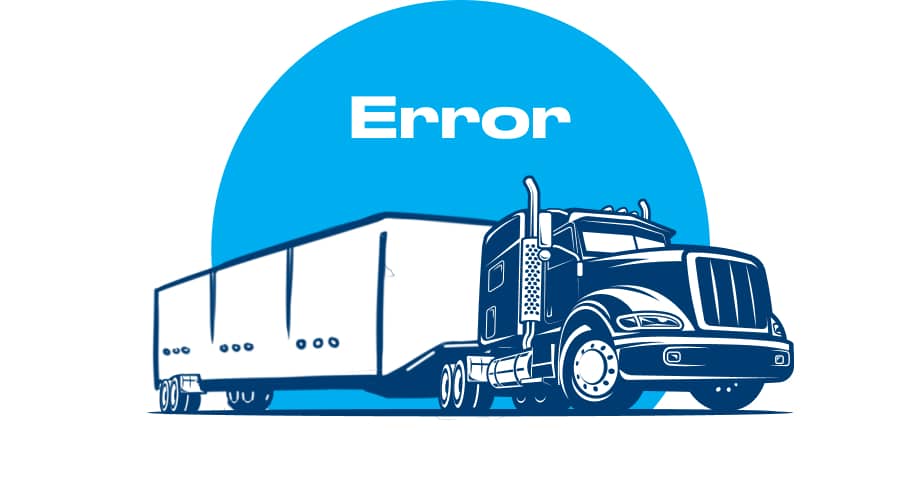But Otto isn’t the only one making a run for what is potentially a major game-changer in transportation logistics. Just a few weeks ago, venture-backed Embark unveiled its unique self-driving technology for the first time amidst eager anticipation.
And Starsky Robotics has been a sleeper — apparently, they’ve been quietly plugging along since 2015. But last month they came out of the woodwork and sent a tractor-trailer on a 120-mile autonomous drive on Florida highways.
Then there’s Peloton, long believed to be in the best position to become the industry frontrunner. Peloton’s unique approach of “platooning” uses technology to connect the braking and steering mechanisms of a driverless truck to a traditionally driven partner truck.
THE LONG-HAUL TRUCKING SEGMENT ISN’T THE ONLY FOCUS
Recent advances suggest that the long-haul trucking segment won’t be the only portion of the ride to benefit. Both Peloton and Starsky have strategically conquered end-to-end and last-mile considerations, too. In Starsky’s model, the unmanned vehicle switches to human-regulated remote-control driving to enter and exit from the highway.
And a new start-up, Drive.ai, is currently getting a lot of attention for its technology, which mimics the human brain to make quick decisions in last-mile and city-driving situations. Although not specifically a trucking company, Drive.ai’s technology is safely and smartly navigating some very complicated roads.
Even Amazon has been quietly pondering how to leverage autonomous vehicles to overcome logistical complications. The year-old team of about a dozen employees reportedly is thinking through the broader role of self-driving trucks, forklifts, and drones in the future of delivery.
BENEFITS TO TRANSPORTATION LOGISTICS
The benefits to the trucking industry and the companies they serve are clear. Autonomous trucks operating during off-peak and overnight hours translates to reduced roadway congestion during the day, faster shipping, and reduced fuel and labor costs.
Also, the use of driverless vehicles is expected to reduce CO2 emissions substantially by enabling fuel-efficient driving, thereby further reducing gas consumption. And with a driver shortage still looming, this sustainable solution would remove pressure from the already-overworked truckers to risk unsafe driving.
Cost savings, fewer accidents, and increased efficiencies mean reduced rates and faster delivery. What’s not to like?
THE DRAWBACKS
While the possibility of self-driving technology hitting the roads as early as the end of the year is exciting, the path to implementation is paved with certain hurdles.
For one, the cost of adoption will be a big hit for transportation providers. Recent reports estimate autonomous technology costing anywhere from $15,000 to $40,000 per truck. And while providers will likely see ROI over time, the up-front expenditure could trickle down to customers.
Safety is, of course, one of the most obvious concerns regarding driverless vehicles. Should technology fail or prove incapable of reacting to certain scenarios (think: that driver that stops at a yellow light), additional costs will begin mounting in the form of lawsuits, replacement equipment, and more. What’s more, delays, load damage or loss will negatively impact end-customer satisfaction — which could spell big problems for the businesses the transportation providers serve.
But perhaps the biggest burden to companies with transportation needs will come in the form of rules and regulations. Already, state and municipal governments have been churning out legislation to keep pace with rapid technological advancement. As of April, 32 states had introduced legislation in 2017 alone. A quick browse through the National Conference of State Legislatures’ autonomous vehicle regulation database makes one thing clear: It’s complicated.
NAVIGATING CHANGE
As with any industry shift, staying on top of new technologies, regulations, and players associated with the self-driving trucking movement is a headache in the making. Transportation or shipping managers who are eager to take advantage of the potential benefits but don’t have the bandwidth to negotiate the rocky road ahead — or are unsure how to proceed — should consider partnering with a 3PL to ease the transition.
3PLs are in the business of shouldering the burdens of transportation logistics for you. That means your 3PL partner should be up-to-date on the latest regulations, so you don’t have to be. Your 3PL should have a large, diverse network of transportation providers, so you always have options should something go wrong — or really right — with new technology. And your 3PL should have the knowledge and flexibility to continually evaluate your transportation needs, both today and as the landscape changes.
Regardless of which company wins the race to put self-driving trucks safely on our roads, we do know the industry will change dramatically over the next decade because of it. And we’ll be right here changing with it.
